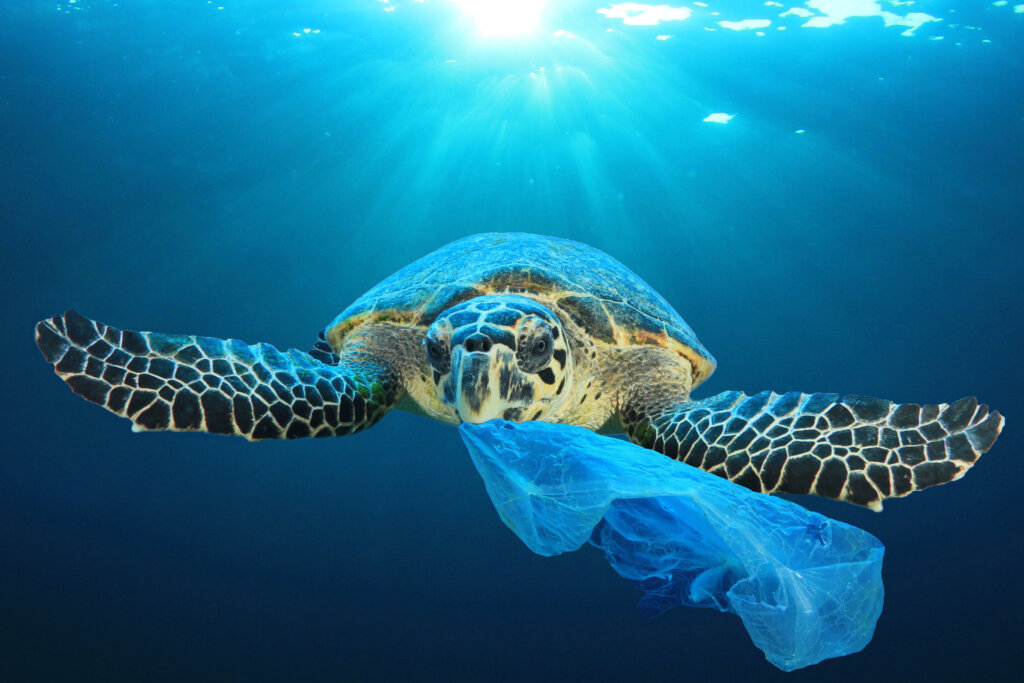The global shipping industry is a massive climate polluter
Out of sight, out of mind for most people, ships emit 1 billion metric tons—or one gigaton—of climate-warming carbon dioxide a year. Shipping is also a rising emitter of super-polluting methane emissions, as the global oil & gas industry seeks to lock in decades of ship and port reliance on liquified natural gas. Without intervention, the global shipping industry will account for over 17% of global warming by 2050.
Pacific Environment’s Ports for People campaign is working to end ship pollution by 2040 and together with our partners we are leading the Ship It Zero campaign to move the world’s largest retail companies to 100% zero-emission ocean shipping.




Fighting at the highest levels to move ships off fossil fuels
Ship traffic across the world’s oceans has quadrupled over the past 20 years. We are fighting to transition all ships from old fossil fuels to new, cleaner energy sources to minimize shipping’s contribution to climate change.
International advocacy
The shipping industry was omitted from the Paris Climate Agreement Many industry stakeholders claim that the shipping industry is exempt from the Paris Climate Agreement. Instead, they look to the International Maritime Organization, which has repeatedly set targets that are not aligned with a 1.5 degrees Celsius decarbonization pathway. This lack of ambition is what makes Pacific Environment’s campaigns so critical. With partners, we drive a range of stakeholders from across corporate, policy, and port venues to do what they can to decarbonize shipping.
Public health
Beyond climate warming emissions, pollution from ships has significant public health impacts. The California Air Resources Board (CARB) estimates that ship and port pollution contribute to an estimated 3,700 premature deaths each year in California alone. In Los Angeles and Long Beach, residents who live in port-adjacent neighborhoods have life expectancies that are eight years lower than the Los Angeles County average. CARB also projects that ships account for most of the poisonous, smog-forming nitrous oxides (NOx) in Southern California as early as 2023—surpassing heavy-duty trucks and all other industrial sources.
Clean energy
We advocate stronger fuel-efficiency and greener design standards. We pressure the State of California to transition harbor crafts to zero emission as quickly as possible, serving as an example to other U.S. states. And we encourage the shipping industry to invest in renewable energy sources, including wind, solar, hydrogen and ammonia to generate clean energy solutions for all ships, no matter their size.
